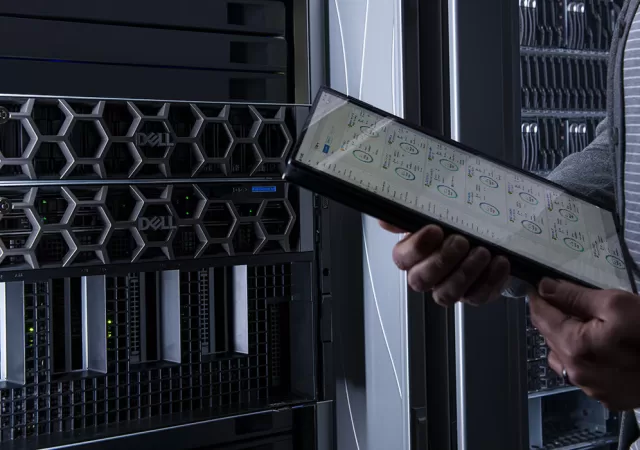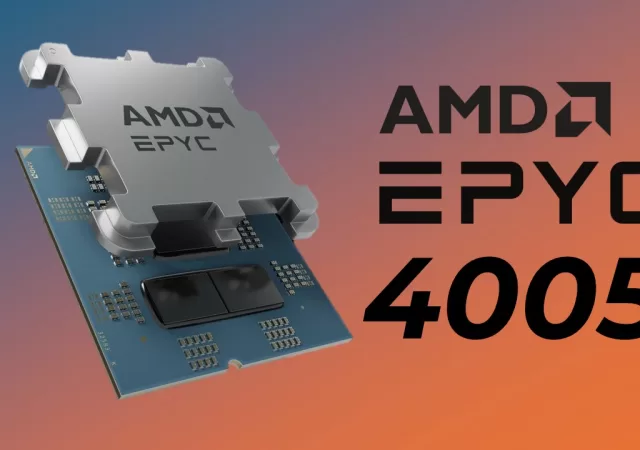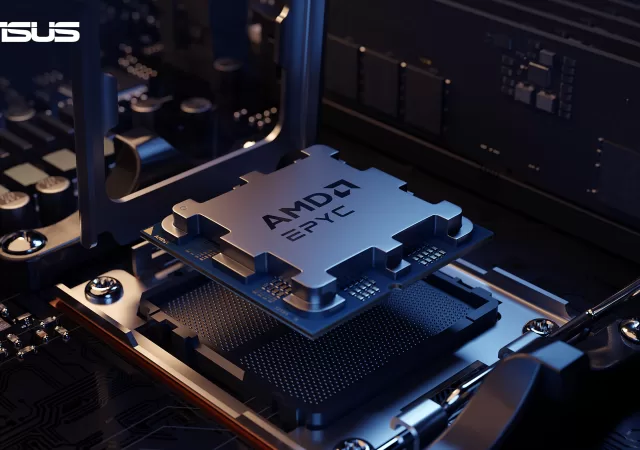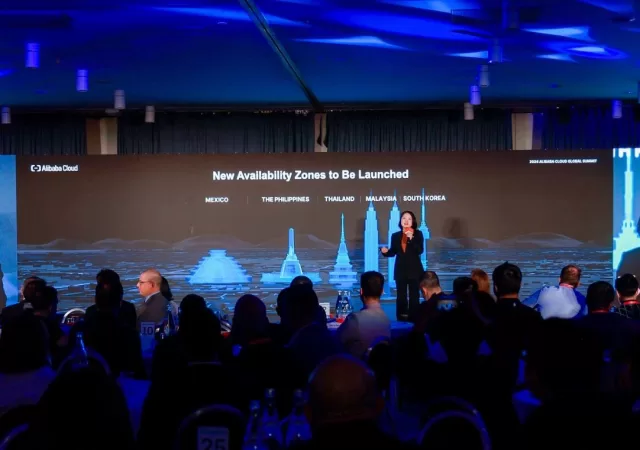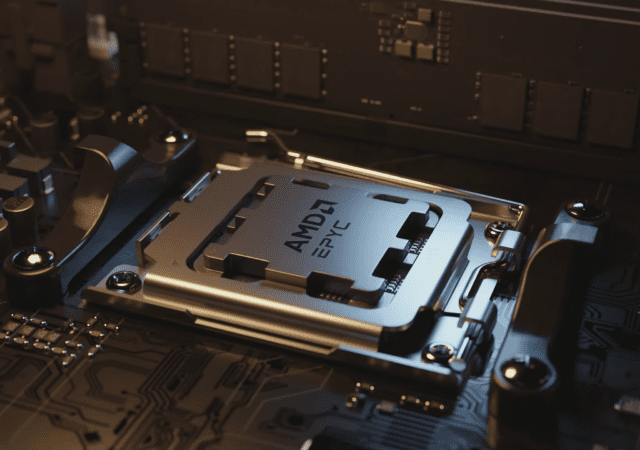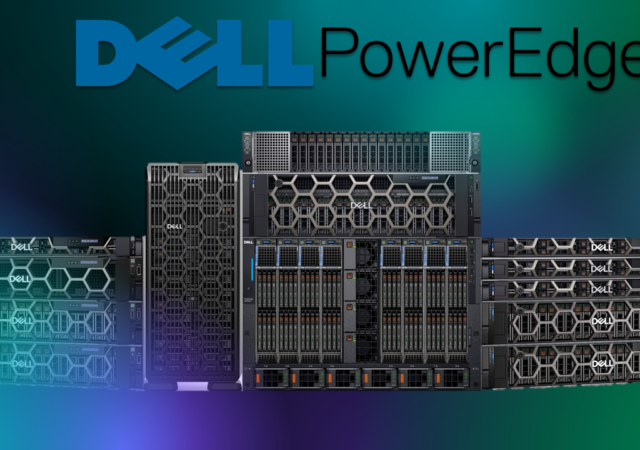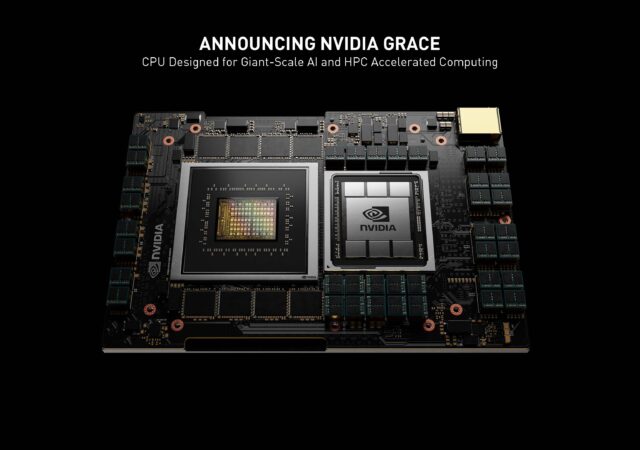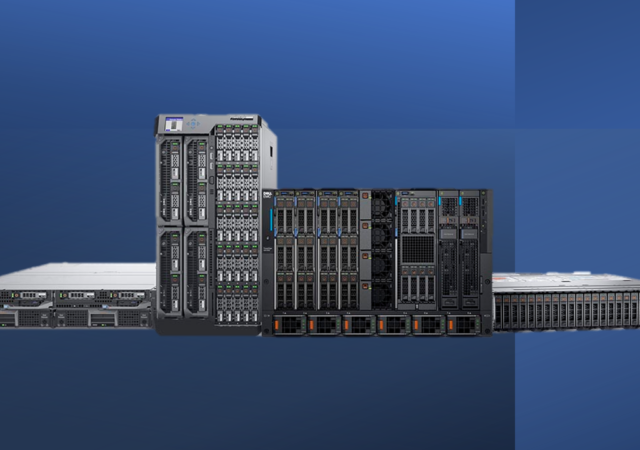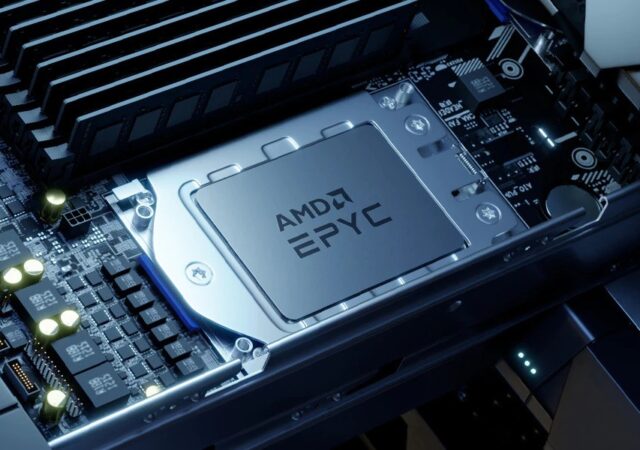With AI booming in every sector, Dell Technologies weighs in on the strategic advantages of Sovereign AI and how Malaysia is able to leverage it.
AMD Announces the New EPYC 4005 Processors; Here’s What You Need to Know
AMD announces the new EPYC 4005 processors that bring cutting edge Zen 5 processing to a more affordable price point. Here’s everything you need to know.
ASUS Unleashes Server Power with AMD EPYC 4004 Processors
ASUS announces new products that support AMD’s EPYC 4004 processors for businesses and servers.
Alibaba Cloud Expands Global Footprint with New Availability Zones
Alibaba Cloud announces new availability zones in Mexico, Thailand, Philippines, South Korea and Malaysia expanding its global footprint.
AMD Another EPYC with a Focus on Power & Efficiency for Everyday Servers
AMD announces new Zen 4-based EPYC processors for servers. The new EPYC 4004 series strikes a unique balance between affordability and performance.
Dell’s New PowerEdge Portfolio Puts Sustainability Front & Center without Sacrificing Performance
Dell announces the availability of its next generation PowerEdge portfolio in Malaysia bringing power effiecient server technology to Malaysian Businesses.
NVIDIA Grace CPU for Datacentres for Next Generation Super Computers
NVIDIA announces project Grace in GTC 2021. The NVIDIA Grace CPU is the next generation processor for datacentres.
Dell Technologies Brings EPYC Power & Flexibility with New Dell EMC PowerEdge Servers
Dell EMC unveils their new AMD EPYC powered PowerEdge line up. The new offerings are able to adapt and cater to multiple compute needs.
Even More EPYC with AMD – Stacking Zen 3
AMD just launched their new EPYC processors made for servers and data centers. The new processors feature Zen 3 and 7nm technology.



